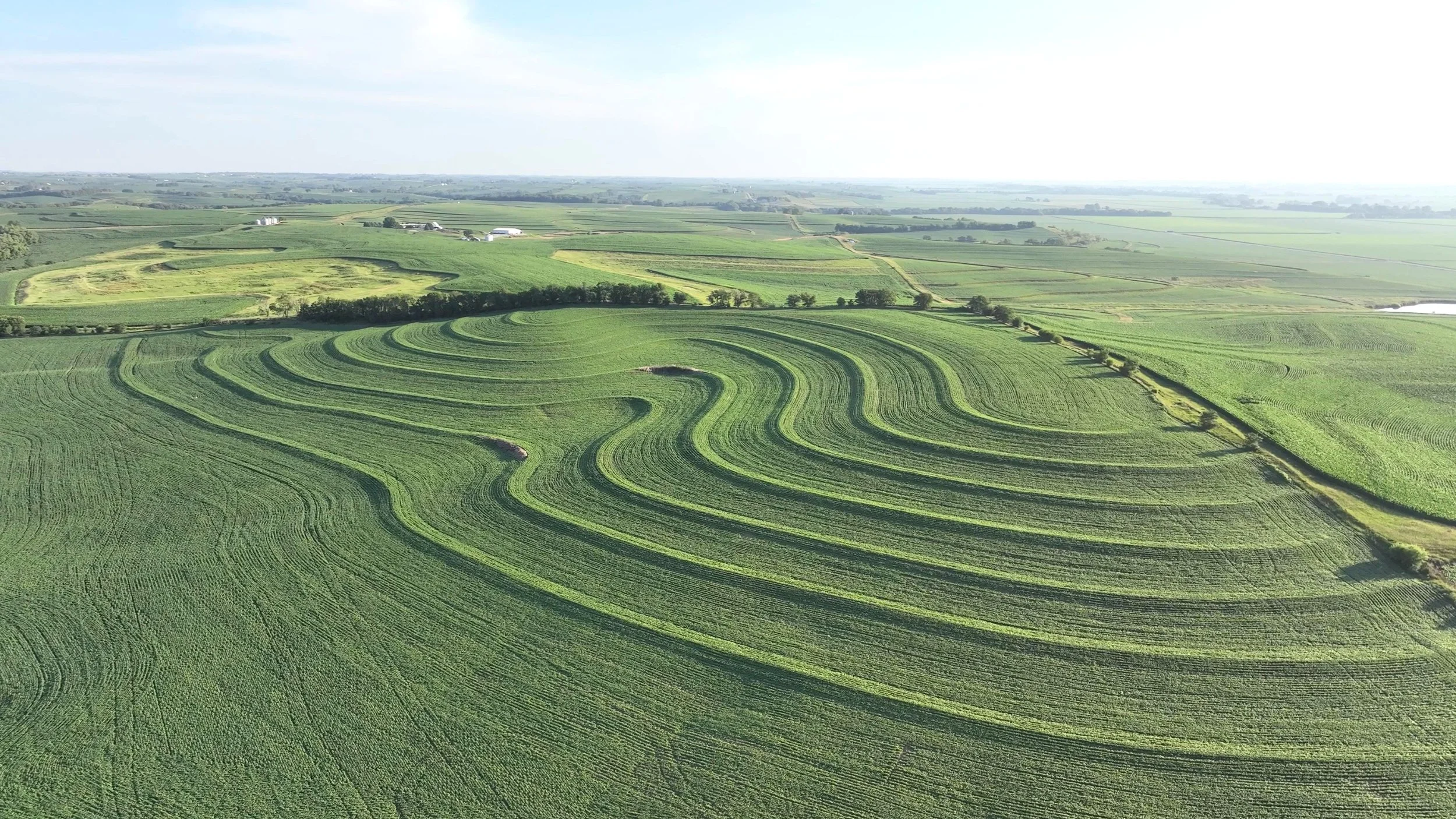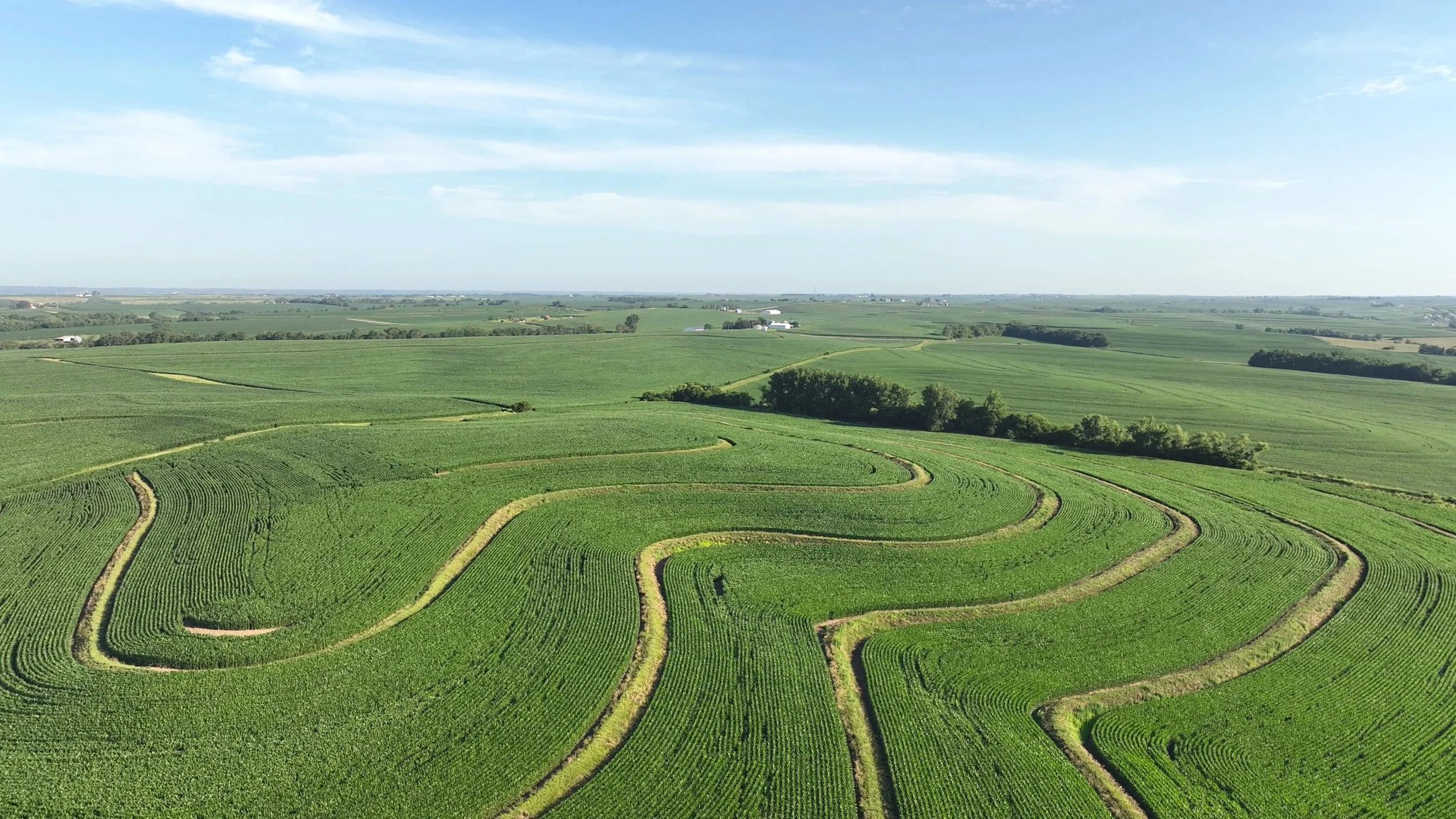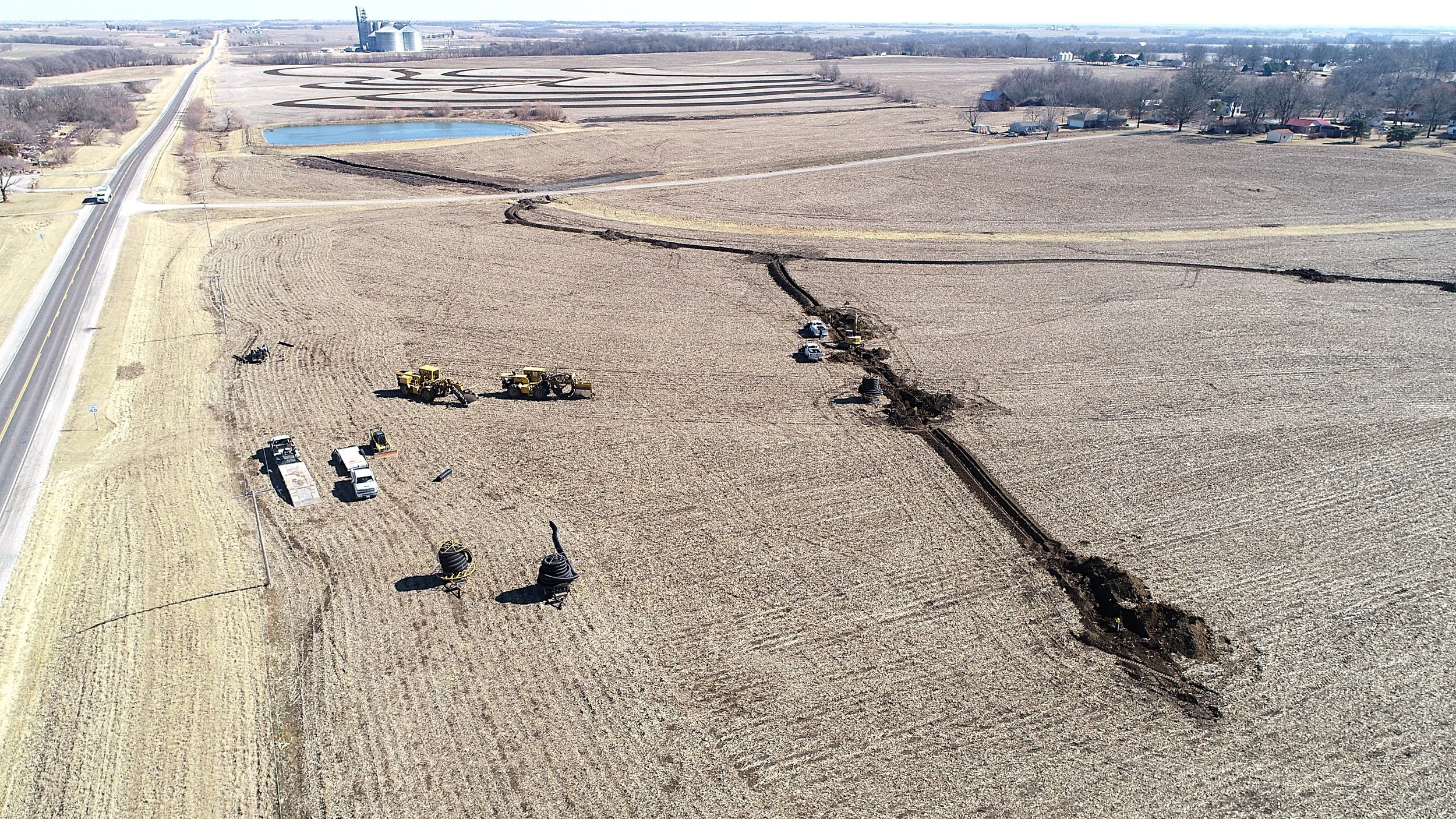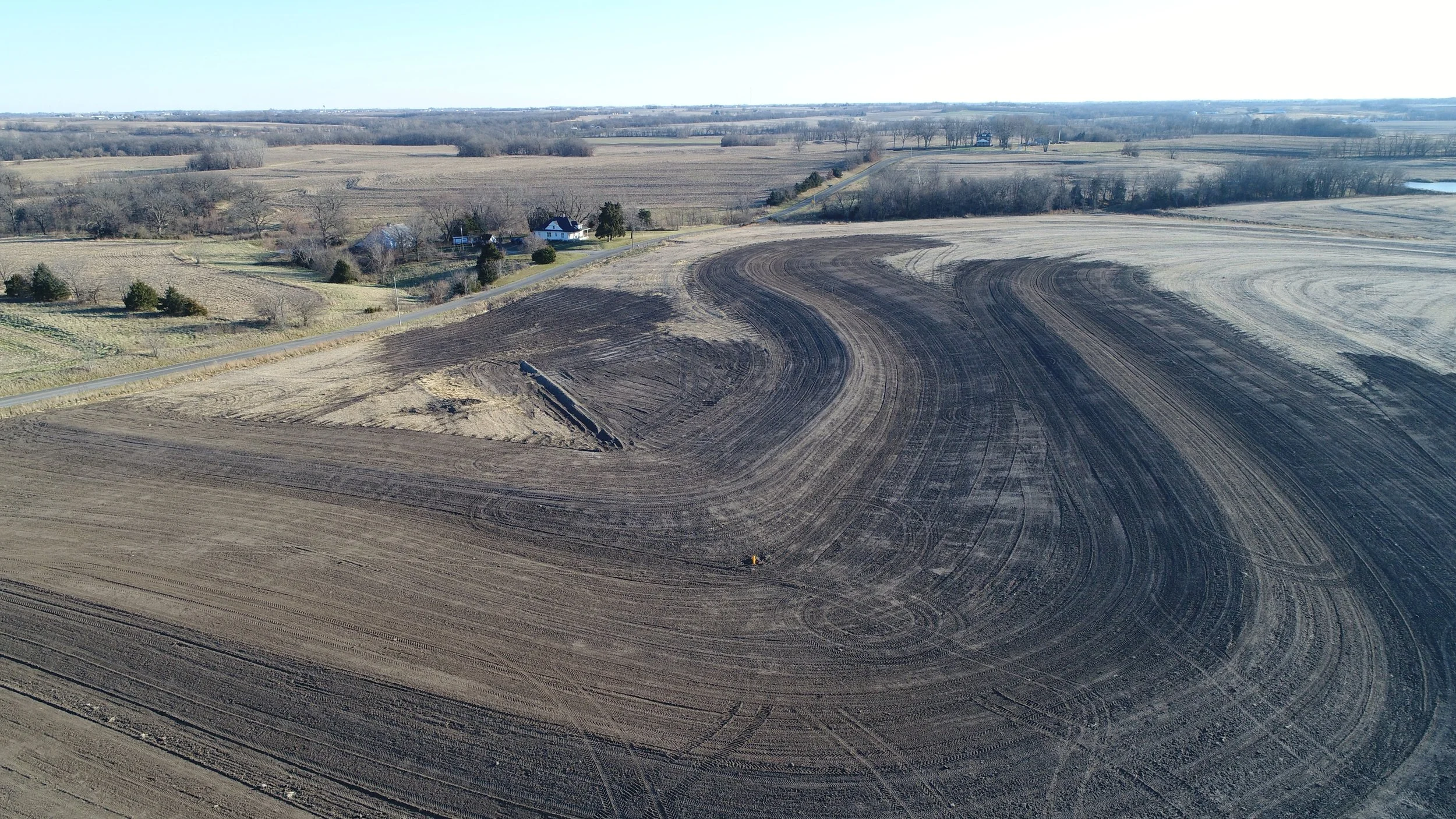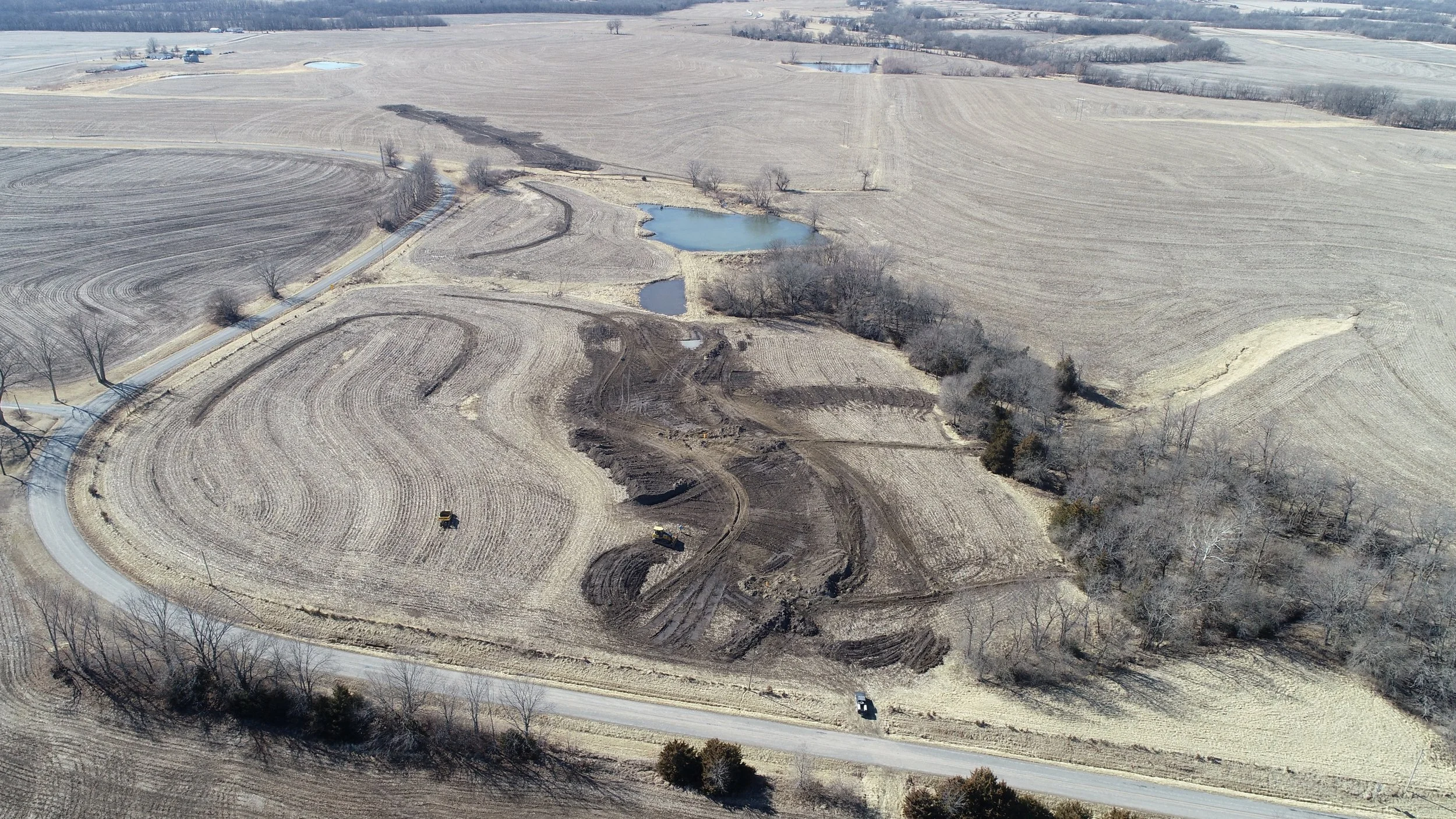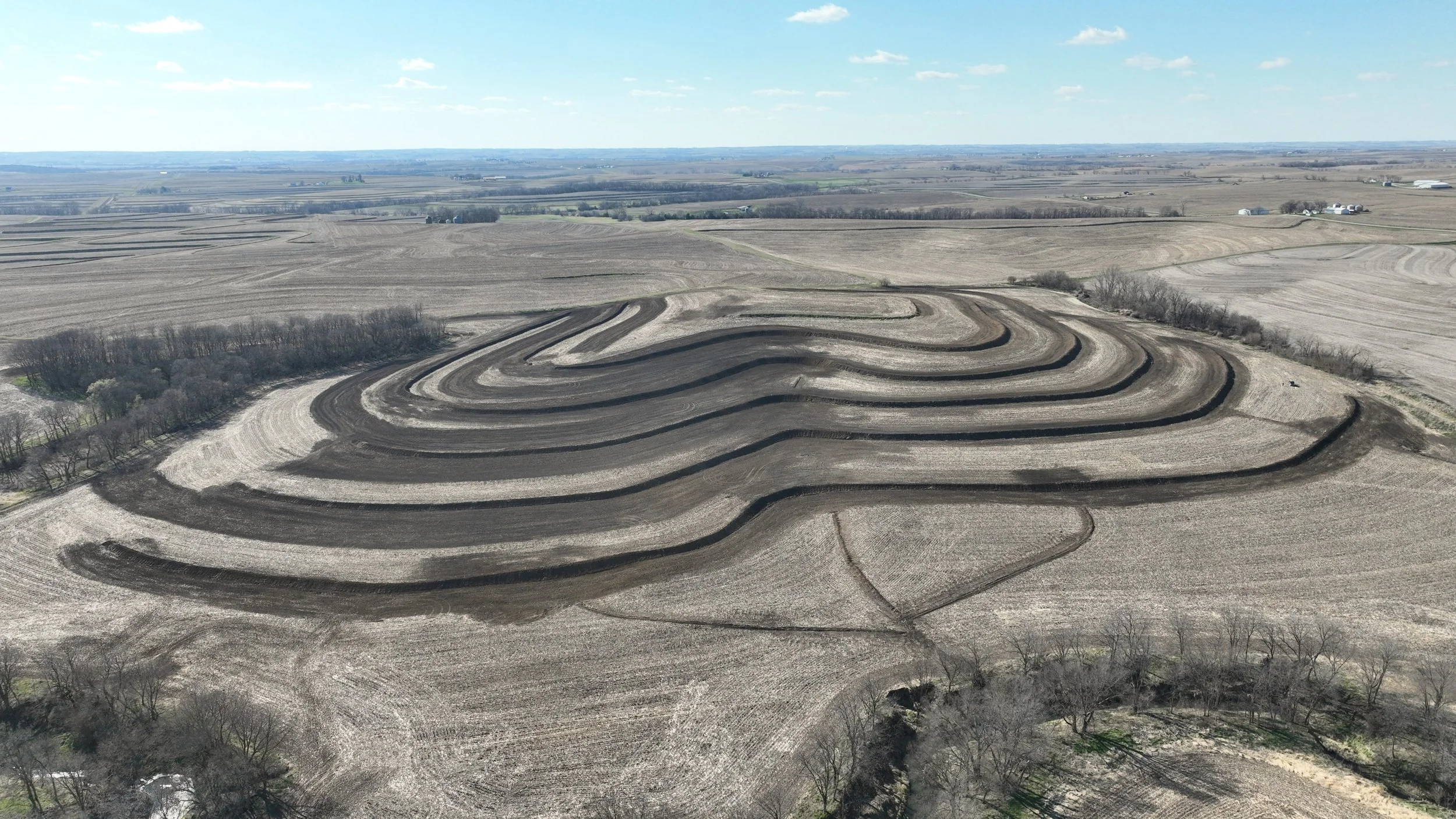land property associates
buying, selling and managing farmland since 1987
what we do
buying farmland
As you can see under the tab “Why Invest,” there are a number of good reasons why you would want to own farmland as an investment. If you do decide to buy a farm, we can assist you by:
Helping you determine your investment criteria.
Identifying and valuing property that fits your criteria.
Working as your agent in acquiring the property.
Managing the property. See “Managing Farmland” for additional information.
The first step in buying a farm is to enter into a buyer’s agency agreement with Land Property Associates, Inc. (“LPA”). This agreement outlines the obligations and duties between LPA as the Broker and you as the Buyer.
selling farmland
The first step in selling your farm is to enter into a listing agreement with LPA. The listing agreement will contain, among other things, the listing price. The listing price is the price that you are willing to accept for your property. Before determining the listing price, you should have a sense of the property’s value. We have valued many farm properties over the years and are well qualified to assist you in establishing a listing price for your farm. Once the listing agreement is completed and signed we will:
Develop marketing materials which we will send to local landowners as well as investors outside of the area of your farm.
Develop and place signage on your property.
Advertise in local media and on our website.
managing farmland
We are actively engaged in the maintenance and improvement of the farms we manage. When managing your farm, LPA will:
Identify a tenant and negotiate lease terms.
Collect rent, pay bills and make a distribution if applicable.
Provide an annual accounting of revenue and expense.
Review and approve a cropping plan.
Obtain and evaluate lease receivables such as soil tests, fertilizer applications, planting maps, harvest maps and crop yield reports.
Make regular visits to the farm to ensure proper maintenance of the property.
Identify improvements that will protect the integrity of the farm, increase productivity and increase market value. See “Improvements” for additional information.
Complete necessary forms as required by the United States Department of Agriculture (“USDA”), the Farm Service Agency (“FSA”), and the Natural Resource Conservation Service (“NRCS”) to comply with various farm programs.
improvements
Loess Soils are highly prized for farming. These soils are primarily comprised of fine particles of silt and are most commonly found on sloping hillside terrain. Due to the loose composition of these soils and the hilly terrain they are found in, Loess Soils must be protected with terraces and drain tile to prevent soil erosion.
Terraces are built by moving the topsoil and creating a series of ridges that act as retaining walls. The terraces slow the speed of water, allowing it to absorb into the ground and reduce runoff. This not only reduces erosion but also helps keep fertilizer in place, increasing soil productivity and yields.
Two common types of terraces are broad base and narrow base. Broad base terraces are typically found on more gently sloping ground. Narrow base terraces are installed on steeper hillsides and are planted in grass. Below are two photos of terraces on our farms, broad base terraces found on the Hopkins Farm and narrow base terraces found on the Scott Farm.
Drain tile works in tandem with terraces to properly drain water from a farm. While terraces are installed along the contours of a hillside, drain tile is installed underground and perpendicular to the terraces. Drain tile collects excess water within the terrace channels and drains the water underground to nearby ditches and off the farm. Below is a photo of drain tile being installed on the Frerking 1 Farm.
The States in our focus area, Missouri, Iowa, Kansas and Nebraska, all offer what is known as “cost-share.” These cost-share programs reimburse the landowner for a portion of the cost of soil conservation projects. The percentage of the cost that is reimbursed is generally over 50% of the cost of the project. These programs encourage landowners to engage in soil conservation projects. The landowner in effect increases the productivity and value of their farm at a fraction of the cost.
LPA initiates the project by contacting the Natural Resource Conservation Service (“NRCS”) who designs the terraces and drain tile. LPA will hire a local contractor to construct the project. Upon completion, the NRCS reviews the project and if it meets the specifications of the NRCS, the landowner receives reimbursement.
Soil conservation projects are important to protect the integrity of the farms. Over the years we have supervised the construction and installation of tens of miles of terraces and drain tile, as well as numerous other improvements, including waterways, berms, and concrete drainage structures. See below photos of various farm projects completed in recent years.
